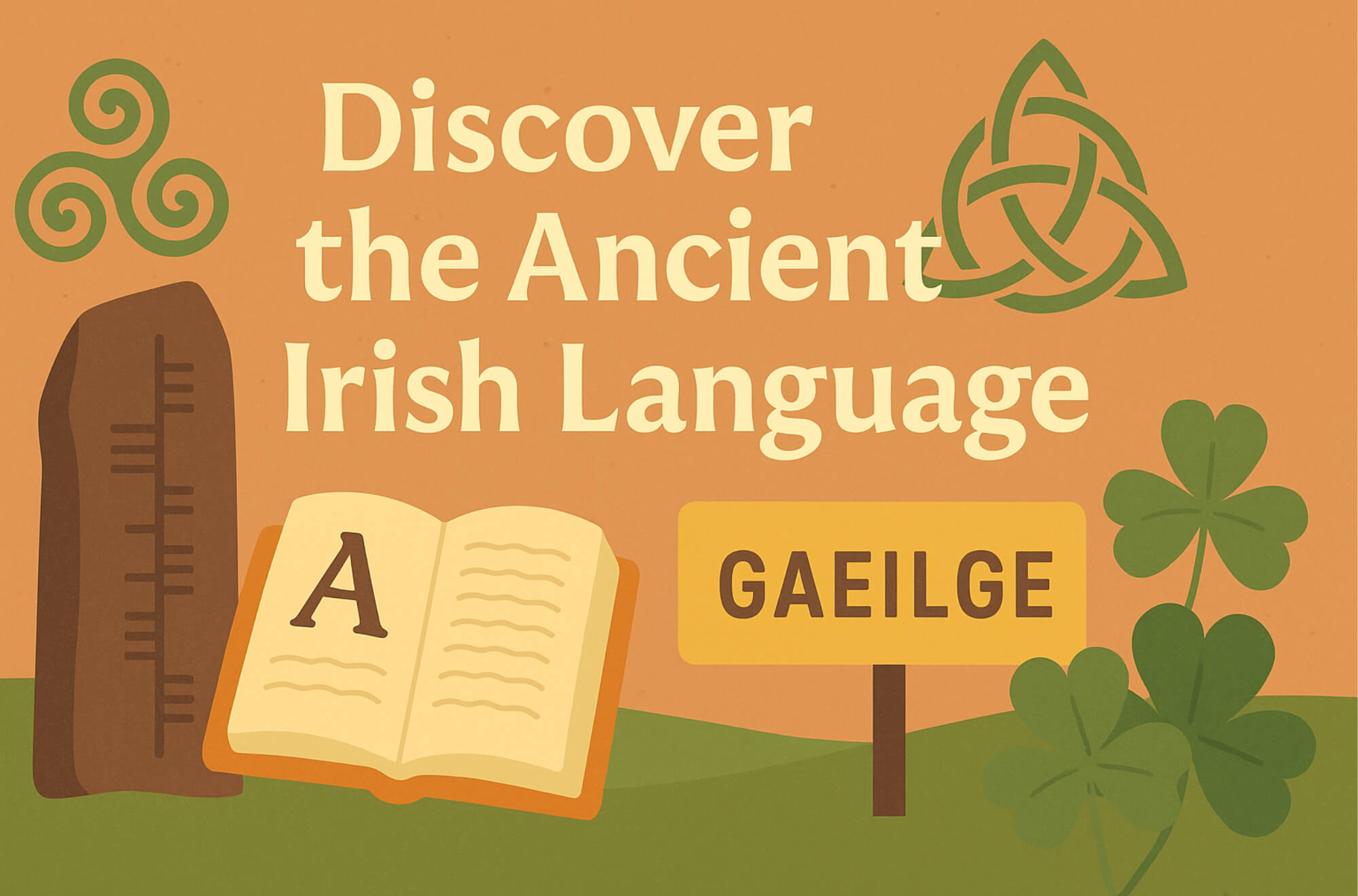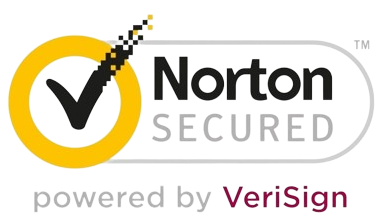The ancient Irish language is far more than just a means of communication. It’s a vital thread woven into the fabric of Ireland’s culture and identity. Rooted in thousands of years of oral tradition, spiritual belief, and poetic expression, this linguistic treasure reflects the heart of a people and a place.
In this article, we’ll explore the evolution, characteristics, and cultural significance of the ancient Irish language, and show you how modern tools like Gaeilgeoir AI can help you connect with this extraordinary part of Ireland’s heritage.
The Evolution of the Irish Language
The history of the Irish language spans centuries, beginning with the origin of the Irish language in the early medieval period. Known as Old Irish, it emerged around the 6th century AD and was influenced by earlier Celtic tongues spoken by Ireland’s first inhabitants.
One of the remarkable aspects of this early linguistic form is the availability of Old Irish language translation today, allowing learners to explore religious texts, poetry, and legal tracts preserved from that era. Over time, Old Irish evolved into Middle Irish (900–1200 AD) and then into Modern Irish, which is still spoken today in various forms.
This linguistic journey was shaped by historical events like the Viking invasions, the Norman conquest, and English colonization, all of which left their mark on the language’s development and usage.
The Role of the Irish Language in Cultural Preservation
Throughout Irish language history, it has played a crucial role in maintaining the country’s traditions, mythology, and folklore. Unlike some other Celtic languages, Irish retained a significant literary tradition that continues to influence modern Gaelic culture.
It’s important to distinguish between Irish, Gaelic, and Celtic languages. Irish (Gaeilge) is one of the Goidelic languages, along with Scottish Gaelic and Manx. These are all part of the larger Celtic family, which also includes Welsh, Breton, and Cornish. While all share ancient roots, each language developed unique traits influenced by geography and historical context.
The resilience of the Irish language is evident in the way it has preserved oral storytelling, music, and spiritual beliefs through generations—safeguarding cultural knowledge that might otherwise have been lost.
Learning and Experiencing the Ancient Irish Language Today
Learning the ancient Irish language isn’t just about acquiring vocabulary or grammar. It’s a doorway into the soul of Ireland’s heritage. Whether you’re interested in ancestral roots or historical linguistics, there’s great value in studying this language.
Thanks to technology, accessing resources like online Irish language courses has never been easier. Platforms such as Gaeilgeoir AI provide immersive tools powered by AI to help learners practice pronunciation, understand grammar, and interact with the language in a modern context.
From personalized feedback to interactive dialogues, these tools can replicate the experience of finding an Irish tutor, making it more convenient for learners around the globe. Whether you’re a beginner or an advanced learner, Gaeilgeoir AI has something for everyone.
Looking for inspiration on how to integrate learning into your routine? Check out our guide on Creative Ways to Learn Gaeilge for tips that make language learning enjoyable and sustainable.
Linguistic Features and Dialectal Variations in Ancient Irish
One of the most intriguing aspects of the ancient Irish language lies in its grammar and syntax. Complex and poetic, it boasts a rich structure that gives it both rhythm and depth. For example, mastering adjectives in Irish involves understanding how they follow the noun and mutate based on grammatical rules—a unique feature compared to English.
In addition, the dialectal differences in Irish add layers of richness to the language. Even in ancient times, regional variations developed based on geography and social interaction. Connacht, Munster, and Ulster dialects each exhibit distinct pronunciation styles, vocabulary, and grammatical preferences that persist to this day.
Understanding these variations enhances your appreciation of the language’s adaptability and cultural nuance.
The Cultural Influence Beyond Words: Proverbs, Greetings, and Expressions in Irish
Language is culture in action, and this is especially true when exploring seanfhocail—ancient Irish proverbs. These time-tested expressions offer wisdom, humor, and values embedded in everyday life. For example:
- Is fearr Gaeilge briste, ná Béarla cliste – Broken Irish is better than clever English.
- Níl aon tinteán mar do thinteán féin – There’s no fireplace like your own fireplace (meaning: there’s no place like home).
Such proverbs reflect centuries of lived experience and philosophical insights.
Likewise, greetings and phrases in Irish carry deep cultural significance. Saying Dia dhuit (Hello – literally “God be with you”) is not just a greeting but a spiritual connection. Learning these expressions allows you to experience the language as it was meant to be lived—rich in meaning and layered in history.
Want to dive deeper into these traditions? Our guide to Irish language greetings and phrases is a great place to start.
Preserving Ireland’s Linguistic Heritage: Ogham Script and Numerical Expressions
A remarkable part of Ireland’s linguistic heritage is the Ogham script, an ancient alphabet used primarily between the 4th and 10th centuries AD. This unique writing system, made up of simple lines carved along stone edges, is an invaluable piece of the Ogham script alphabet guide to Ireland’s past.
These inscriptions, often found on standing stones, are some of the earliest written records of the Irish language. They typically marked territory, commemorated individuals, or served religious functions.
Preservation efforts today include digitizing these texts and integrating them into modern learning platforms. Additionally, learners can explore numerical expressions like counting people in Irish, which reveals the linguistic and cultural logic embedded in traditional counting systems.
Preserving and exploring the ancient Irish language isn’t just about keeping a linguistic tradition alive—it’s about embracing a cornerstone of Irish identity and cultural resilience. By learning this language, you gain access to the stories, values, and worldview of a people deeply connected to their land and history.
If you’re inspired to begin your own journey into Irish, there’s no better time than now. Join a growing community of learners and discover how Gaeilgeoir AI can make your experience fun, insightful, and deeply rewarding. Sign up here and be part of the movement to celebrate and protect Ireland’s unique linguistic heritage.
External Resource: Learn more about the importance of indigenous languages and their preservation from UNESCO’s official page on endangered languages.


